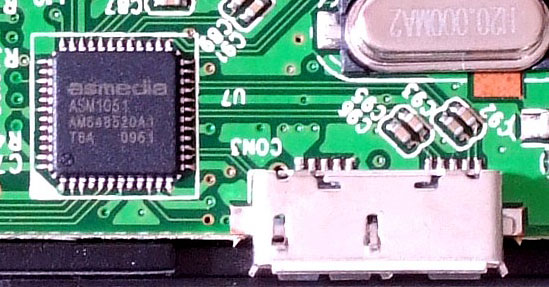
Some time ago we wrote about the advent of a new standard for USB flash drives, USB 3.0. At the time, the standard was just beginning to be formulated and wasn’t out on the market. But now that the issues have been worked out with the standard, you can look forward to seeing a lot of 3.0 USB flash drives coming onto the market in the near future.
The reason is simple. The new USB flash drives read and write at 10 times the speed of USB 2.0 drives. Not only can they transfer data faster, but they can send and receive data at the same time, something USB 2.0 couldn’t do.
Fortunately, 3.0 USB drives are still backwards compatible, so you can still use them with older equipment that has USB 2.0 and even USB 1.1 ports. You won’t experience the speed increases, but at least you can still use the drives without having to fork out a lot of dough for a new computer.
If you move lots of data, you’ll love the new USB 3.0 specifications. USB 2.0 flash drives could only transfer data at about 480 megabytes a second. In contrast, the new 3.0 USB drives can transfer at 4.8 gigabytes a second. This makes them ideal for handling large files such as videos, music and digital photos.
The USB 3.0 standard was originated by Intel and began to appear on new computers earlier this year. Engineers at Intel believe they can achieve even higher speeds in the future using the same standard. There is additional connectivity built in to the USB 3.0 drive hardware.
If you’re a bit of a techno-geek, the secret is the additional “bus” that has been layered on top of the current USB 2.0 bus. Where the USB 2.0 bus had four wires, USB 3.0 flash drives have four additional wires, which allow them to send and receive data at the same time. Combined with a retooled data interface, the change in hardware provides the added speed of the new USB 3.0 flash drives.
This is pretty amazing, considering that the USB 3.0 standard requires the same power as its USB 2.0 cousin, just 500mA. This lets companies continue to create devices that use less power, something that is not only eco-friendly, but allows yields smaller devices that can work on a wider range of systems.
While there was originally a question as to whether USB 3.0 would catch on, the question is moot now. The drives are being added to all new computers. If you’re still hanging onto your old Compaq Luggable, not to worry. As noted earlier, the new flash drives are backwards compatible with USB 2.0 and USB 1.1.
It will be interesting to see if Intel can achieve the added performance they seek in the new USB 3.0 standard. Time will tell!
